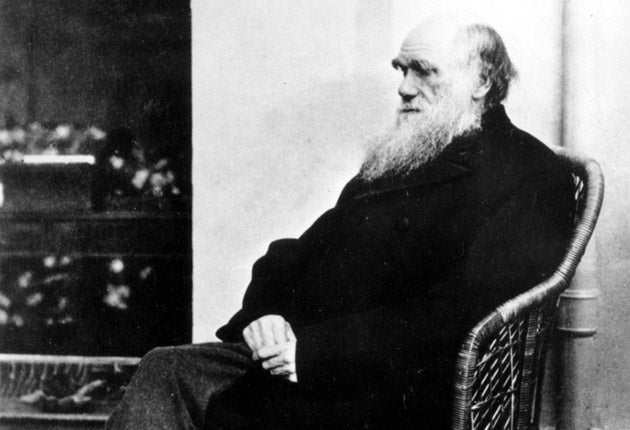What Darwin Got Wrong, By Jerry Fodor and Massimo Piattelli-Palmarini
Survival of the fittest...or just lucky?

Your support helps us to tell the story
From reproductive rights to climate change to Big Tech, The Independent is on the ground when the story is developing. Whether it's investigating the financials of Elon Musk's pro-Trump PAC or producing our latest documentary, 'The A Word', which shines a light on the American women fighting for reproductive rights, we know how important it is to parse out the facts from the messaging.
At such a critical moment in US history, we need reporters on the ground. Your donation allows us to keep sending journalists to speak to both sides of the story.
The Independent is trusted by Americans across the entire political spectrum. And unlike many other quality news outlets, we choose not to lock Americans out of our reporting and analysis with paywalls. We believe quality journalism should be available to everyone, paid for by those who can afford it.
Your support makes all the difference.This is a sustained, sophisticated assault on the central principle of Darwinism: that natural selection is the main driving force behind evolution.
It should be said immediately that there's no comfort for creationists here: the authors don't dispute the fact of evolution. They also don't dispute that natural selection occurs, but they argue that it cannot be the main explanation for the evolution of species. ("We think of natural selection as tuning the piano, not composing the melodies.")
The argument is in three parts. First, the authors analyse six similarities between natural selection and behaviourism. Behaviourism is now discredited as a theory of learning, so maybe natural selection should be too? (This is the least convincing part.) They then consider biological constraints: ontogeny limits the way that genes can express themselves as phenotypes; chemistry rules out certain kinds of mutation. In other words, mutations are not random. The third part is a conceptual attack on natural selection: how do we know which phenotypes were selected for, and which are "free riders" (that is, concomitants of phenotypes which were selected for)? To make such a distinction one must ascribe purpose to natural selection, which it doesn't have.
No replacement candidate for natural selection is offered. The authors suggest that multiple forces might drive evolution. I wasn't convinced by the argument, but I was stimulated and perplexed.
Join our commenting forum
Join thought-provoking conversations, follow other Independent readers and see their replies
Comments